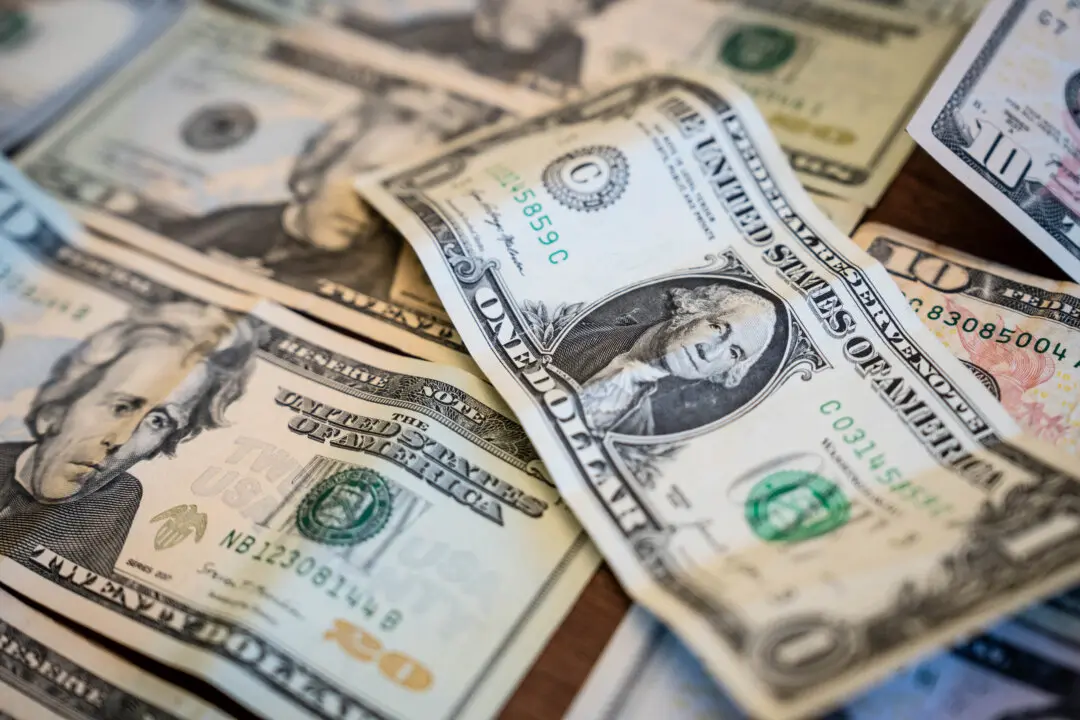China’s economy expanded at a slower-than-expected pace in the third quarter, driven by higher retail sales and growing industrial production. But as financial markets assess the situation in the world’s second-largest economy, some observers are questioning the reliability of the data coming out of Beijing.
In a 2017 paper by the Federal Reserve Bank of St. Louis, staff economists opined that China’s National Bureau of Statistics (NBS) has “improved its source data and its collection practices,” bolstering the quality of final official statistics.





